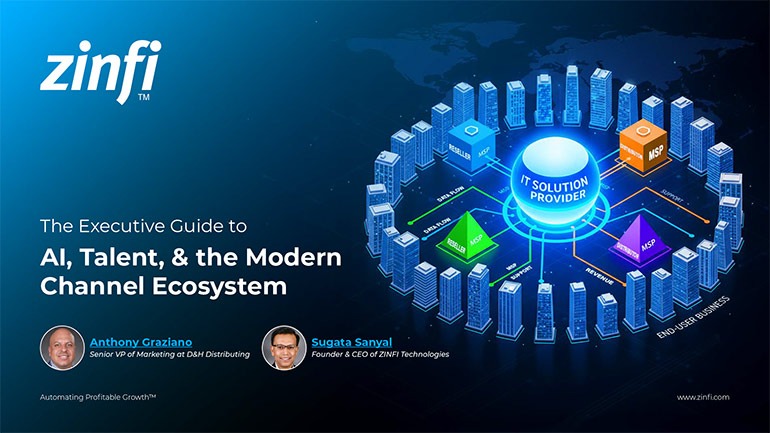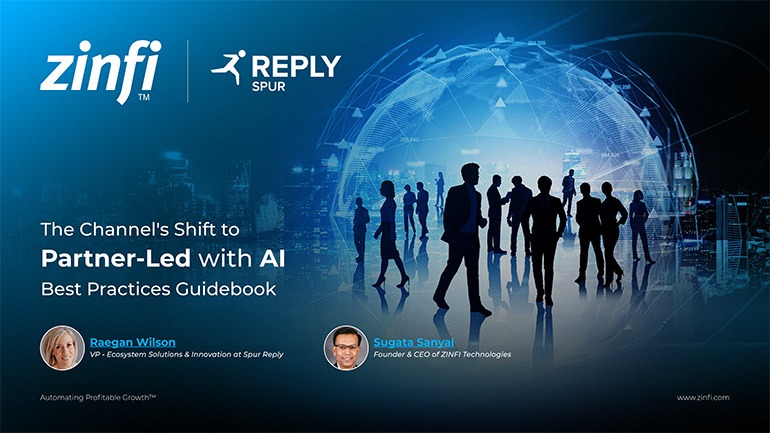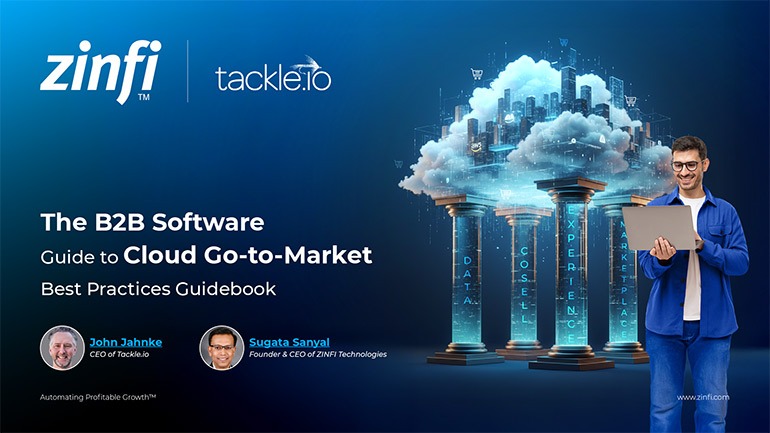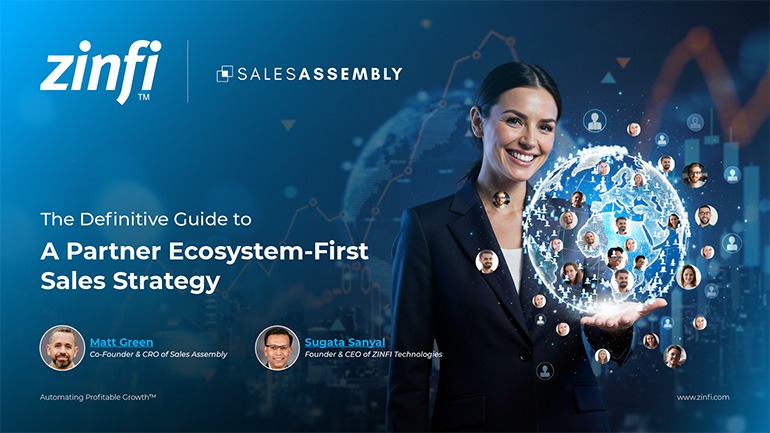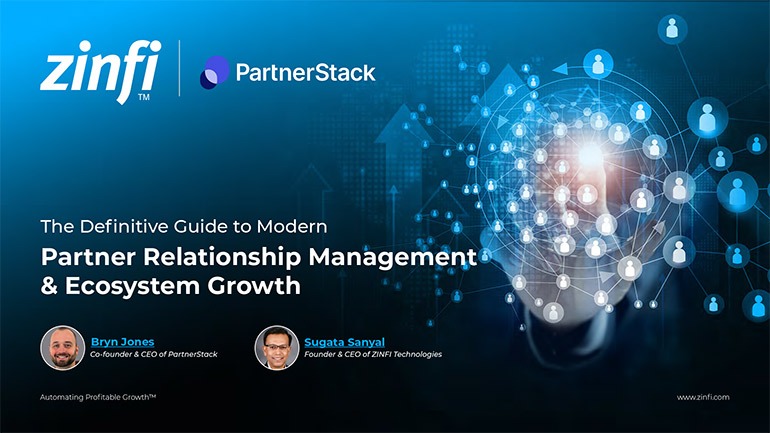Bryn Jones’s path to Partner Relationship Management was anything but typical. Starting as a competitive swimmer on Canada’s national team, Bryn shifted gears during graduate school when he discovered a passion for technology and entrepreneurship. His first venture, a nonprofit collaboration platform called Pod, unintentionally led him to the world of partnerships. A simple “refer-a-friend” feature became that business's most effective growth tool—prompting him to realize the untapped potential of affiliate-driven go-to-market models.
In 2015, after conversations with Shopify’s early partnerships team and a successful pitch to Y Combinator, Bryn co-founded PartnerStack with a mission to transform how software is sold. The platform began as a basic referral tool but evolved into a full-fledged ecosystem management solution, addressing critical gaps in partner tracking, payout integrity, and top-of-funnel enablement.
Today, Bryn leads PartnerStack as it powers thousands of B2B SaaS partner programs with scalable affiliate marketing infrastructure. His approach has been rooted in trust, transparency, and the belief that partner ecosystems are not just a sales channel—but a strategic, data-driven growth engine. From athlete to ecosystem architect, Bryn’s journey underscores the importance of curiosity, resilience, and long-term vision in building the future of PRM.

